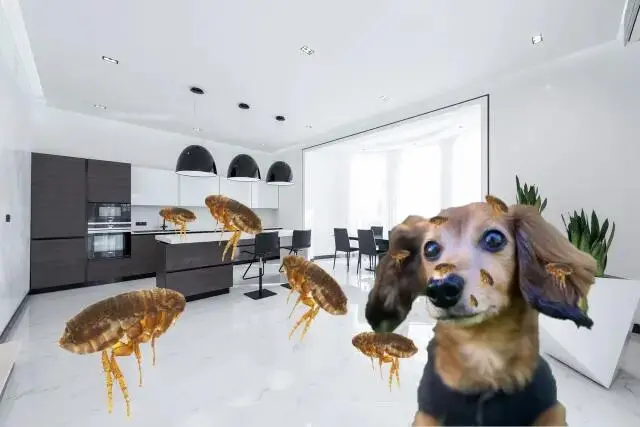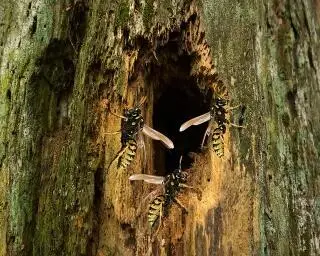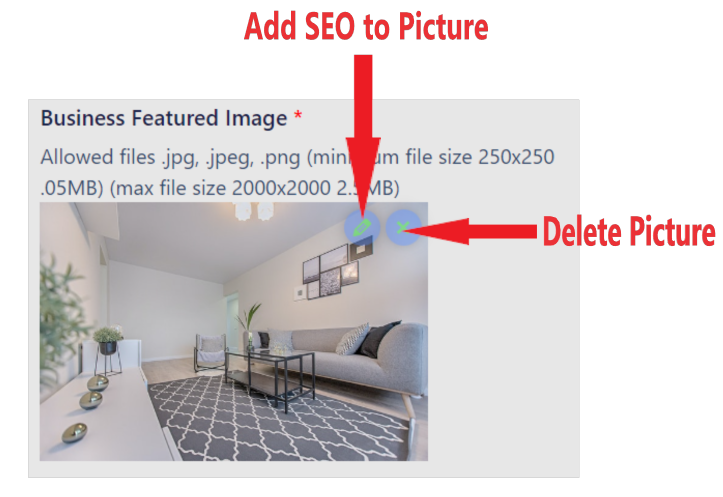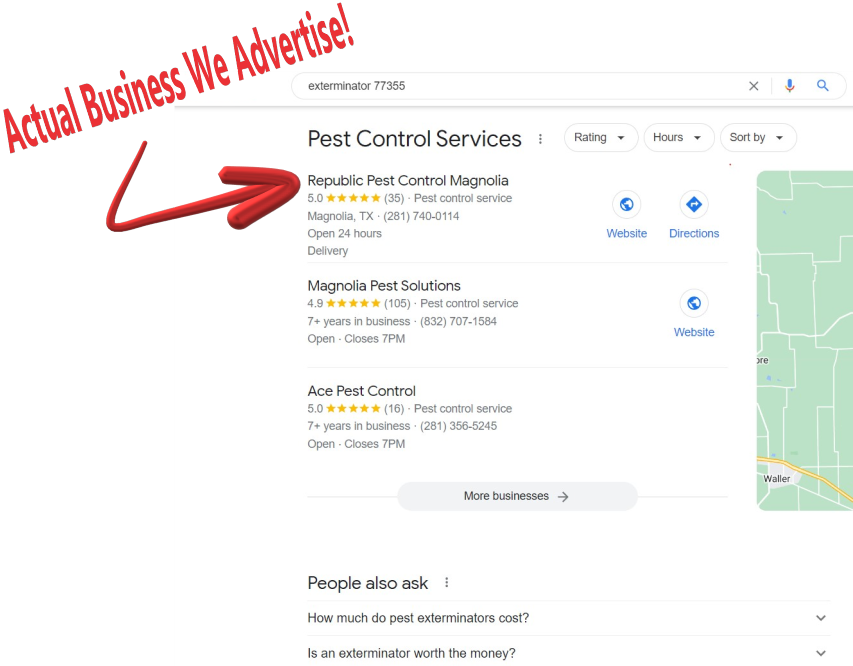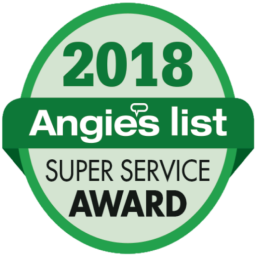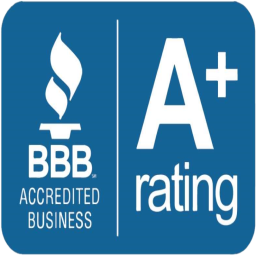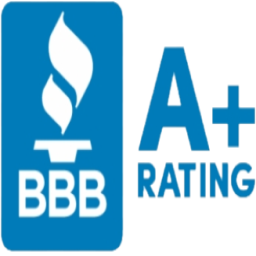Fleas are not just a nuisance; they can cause discomfort for both pets and humans. These tiny, blood-sucking pests can quickly infest your home and yard, making it essential to understand how to manage and eradicate them effectively. At Republic Pest Control Montgomery, we aim to provide you with valuable insights on fleas, how they affect your living environment, and the steps you can take to eliminate them.
Understanding Fleas
Fleas are small, wingless insects that thrive on the blood of mammals and birds. Adult fleas are typically about 1/8 inch long and are dark brown in color. They have flat bodies, which allow them to move easily through the fur of animals. Fleas reproduce rapidly, with a single female capable of laying up to 50 eggs per day. This rapid reproduction means that a minor flea problem can quickly escalate into a significant infestation.
Common Types of Fleas
The most common flea species found in homes are:
- Cat Fleas (Ctenocephalides felis): The most prevalent flea species, commonly found on both cats and dogs.
- Dog Fleas (Ctenocephalides canis): Primarily infest dogs but can also bite humans and other animals.
- Human Fleas (Pulex irritans): Rarely found in modern homes, but they can still be a problem in areas with poor sanitation.
Identifying Fleas in Your Home
Recognizing a flea infestation in your home is crucial for effective treatment. Here are some signs to look out for:
- Flea Bites: If you notice small, red, itchy bumps on your skin, particularly around your ankles and legs, you may have fleas in your home.
- Pet Behavior: If your pets are excessively scratching, biting, or licking their fur, it could indicate a flea problem. Check your pets for signs of fleas or flea dirt (tiny black specks resembling pepper).
- Visible Fleas: Adult fleas are small but can be seen jumping on your pets or in your carpets and upholstery.
Fleas in Your Yard

Fleas don’t just reside indoors; they can also thrive in your yard. Here’s how to identify and manage fleas in your outdoor space:
Signs of Fleas Outdoors
- Presence of Pets: If your pets frequently spend time outside and come back in scratching, they may be bringing fleas from the yard.
- Flea Dirt: Check shaded areas of your yard, especially under trees and bushes, for flea dirt.
- High Grass and Weeds: Fleas prefer warm, humid environments and can thrive in tall grass and dense foliage.
Preventing Fleas in Your Yard
To reduce the risk of fleas in your yard, consider the following steps:
- Maintain Your Lawn: Regularly mow your grass and trim bushes to eliminate areas where fleas can thrive.
- Remove Debris: Clear leaves, wood piles, and other debris that can provide shelter for fleas and their eggs.
- Use Nematodes: Beneficial nematodes can help control flea larvae in your yard. These microscopic worms are natural predators of flea larvae and can be purchased at garden centers.
Treating Fleas in Your Home
If you discover fleas in your home, immediate action is necessary to prevent a full-blown infestation. Here’s a step-by-step guide to treating fleas indoors:
1. Treat Your Pets
Start by treating your pets for fleas. Consult your veterinarian for the best flea treatment options, which may include topical treatments, oral medications, or flea collars. Make sure to treat all pets in the household, as fleas can easily spread between them.
2. Vacuum Thoroughly
Vacuuming is one of the most effective ways to eliminate fleas and their eggs. Focus on:
- Carpets and rugs
- Upholstered furniture
- Pet bedding
- Baseboards and corners
After vacuuming, immediately dispose of the vacuum bag or empty the vacuum canister outside to prevent fleas from re-entering your home.
3. Wash Bedding and Fabrics
Wash all bedding, including your pet’s bedding, in hot water to kill any fleas and eggs. Be sure to wash curtains and other fabrics that may harbor fleas.
4. Apply Insecticides
Consider using insecticides specifically designed for flea control. Look for products that contain IGR (insect growth regulator) to help break the flea life cycle. Follow the manufacturer’s instructions for safe and effective application.
5. Professional Pest Control
If the infestation persists or is severe, consider hiring a professional pest control service. At Republic Pest Control Montgomery, we specialize in effective flea treatments that can help restore your home to a pest-free state.
Preventing Future Flea Infestations
Once you’ve successfully eliminated fleas from your home and yard, it’s essential to take preventive measures to avoid future infestations:
- Regular Pet Treatment: Stay on top of your pet’s flea prevention routine. Monthly treatments can keep fleas at bay.
- Routine Cleaning: Regularly vacuum your home and wash pet bedding to eliminate any potential flea eggs or larvae.
- Yard Maintenance: Keep your yard tidy and well-maintained to discourage fleas from taking up residence outdoors.
Conclusion
Fleas can be a challenging pest to manage, but with the right approach, you can eliminate them from your home and yard. By understanding their life cycle and behavior, treating your pets, and taking preventive measures, you can ensure a flea-free environment for you and your family. If you need professional assistance, don’t hesitate to reach out to Republic Pest Control Montgomery. Our team is here to help you tackle any pest problem, ensuring your home remains a safe and comfortable place.

